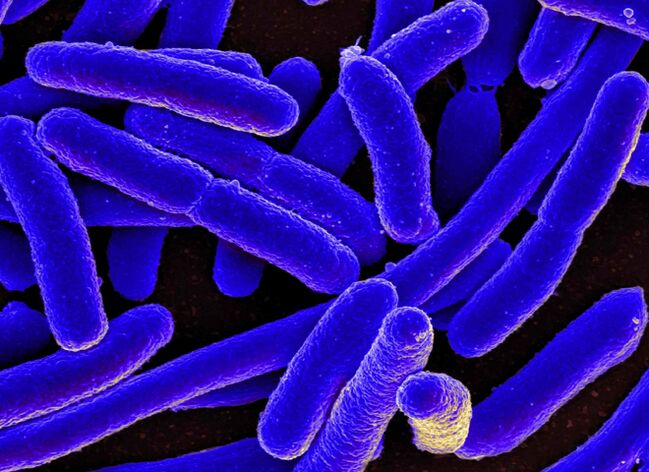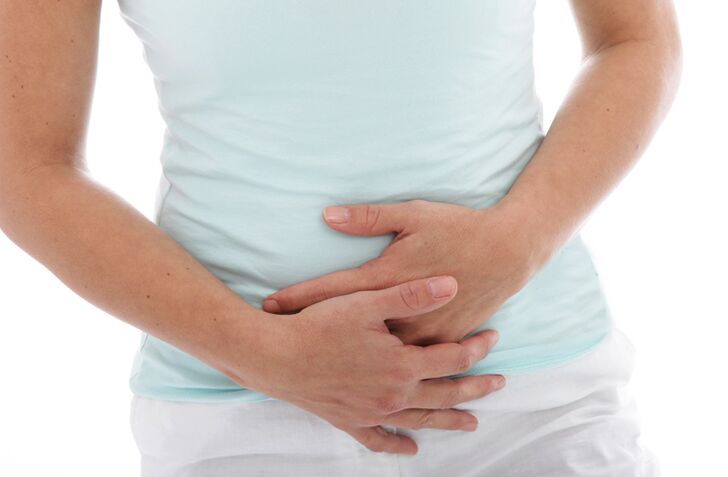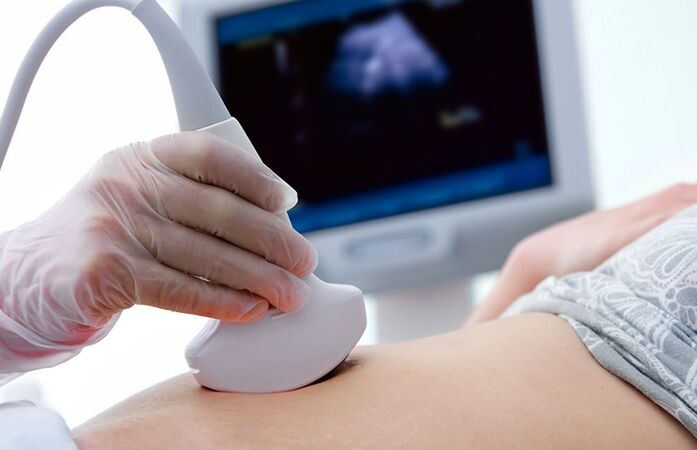Cystitis according to ICD-10
- Acute cystitis code: 30. 0.
- Chronic (interstitial) code number 30. 1.
- Chronic (other) cystitis code: 30. 2.
- Trigonite Code Number 30. 3.
- Radiation Inflammatory Process Code No. 30. 4.
- Other forms of cystitis No. 30. 5.
- Unspecified cystitis number 30. 6.
Causes of cystitis in women
- Improper genital hygiene.
- Passive (sedentary) lifestyle.
- pressure.
- Unbalanced diet.
- Eat spicy and greasy food.
- Chronic gynecological and venereal diseases are present.
- Unprotected sex.
- Prolonged hypothermia.
- Bladder damage.
- Changes in hormone levels.
- Reduced immunity.
- Chemical fiber underwear.
Which bacteria cause inflammation?
- Candida fungi.
- E. coli.
- Pseudomonas aeruginosa.
- Neisseria gonorrhoeae.
- Ureaplasma urealyticum.
- Mycoplasma.
- Trichomonas.
- Chlamydia.
- Enterobacteriaceae.
- Treponema pallidum.
- staphylococcus.
- Streptococci.
- Enterococci.
- meningococci.
- coliforms.
- Proteus.
- salmonella.
- Virus.
- Listeria.
- Klebsiella sp.

first signs of disease in women
- weakness.
- Low grade fever.
- Frequent urination and small urine output.
- Genital itching.
- Pain in lower abdomen at night.
- Pain during urination.
- Discharge from the genitals.

Symptoms of cystitis in women
- Urine is passed out frequently and in small amounts.
- Burning sensation when emptying the bladder.
- I often feel the urge to urinate at night.
- Urine is cloudy and mixed with mucus, blood, and pus.
- There is a feeling of heaviness in the lower abdomen.
- Urine has an unpleasant, pungent odor.
- Persistent pain in the lower abdomen, kidneys, and spine.
- Low body temperature.

Female urinary incontinence with cystitis
Are your kidneys injured due to cystitis?
If kidney pain begins to worsen after cystitis, it means the patient is suffering from a disease called pyelonephritis. Therefore, if kidney pain occurs, you should immediately consult a doctor for examination and diagnosis.
Types and forms of cystitis in women
- Spicy– Inflammation of the bladder mucosa due to various infections.
- chronic– It differs from acute cystitis in the periodic appearance of fading symptoms.
- Interstitial– Characterized by the formation of malignant tumors in the bladder wall. This is a dangerous pathology that requires surgical intervention.
- honeymoon cystitis- This is a special form that is typical for girls who start having sex. During defloration, foreign bacteria invade the vaginal cavity, causing an inflammatory process.
- contagiousCystitis occurs when bacteria and harmful microorganisms enter the bladder.
- TraumaticA disorder that occurs due to injury and bruising to the urethra.
- ChemicalCystitis can occur when it is not treated properly or when the body is exposed to toxic substances.
- HemorrhagicThis species is caused by a viral disease.
- hypercalcemiaThis type occurs in women with impaired kidney function.
- parasiticThis species occurs due to the penetration of parasites (worms) from the anus into the urethra.
- sexCystitis occurs in women who frequently change sexual partners.
- RaysCystitis occurs during surgery where the body is exposed to radiation.
- allergyThis type occurs when allergens enter the body and may cause an inflammatory process.
- cervixCystitis is inflammation of the bladder neck.
- FungusIf Candida is present in the body, this species will develop.
- hormoneCystitis in women occurs as estrogen levels in the body increase, and estrogen levels decrease, which lowers immunity and facilitates the penetration of infection.
recurrent cystitis
- Chronic failure to follow personal hygiene rules.
- Genetic susceptibility.
- Anatomical anomalies, such as dystopias.
- Narrowing of the urethra.
- There are stones or sand in the bladder.
- Change sexual partners frequently.
- Gynecological diseases.
- Persistent hypothermia.
diagnosis
- General blood analysis.
- General urinalysis.
- Urine bacterial culture.
- Vaginal flora smear.
- ultrasound.
- Cystography.

How long does it take to treat cystitis in women?
Methods and medicines for treating cystitis in women

- Bilberry leaves.
- bear fruit.
- Products based on cranberry fruit and herbs.
- Chamomile flowers.
- Urinary system herbal collection.
- Marigold.
- A series.
- St. John's Wort.
- Eucalyptus oil.
- lemon oil.
- Sage oil.
- Lavender oil.
Can cystitis be cured without antibiotics?
Do they give sick leave for cystitis?
consequences and complications
- Cystitis transforms into interstitial, hemorrhagic, and gangrenous cystitis.
- Pyelonephritis.
- Bladder empyema.
- Accessory cystitis.
- triangular stone.
prevention
- Maintain your drinking habit.
- Follow personal hygiene rules.
- Maintain a rest and sleep schedule.
- Dress according to the weather.
- Eat healthy, balanced foods.
- Say no to bad habits.
- Drink a decoction of diuretic herbs.
- exercise.
- Take vitamins.





























